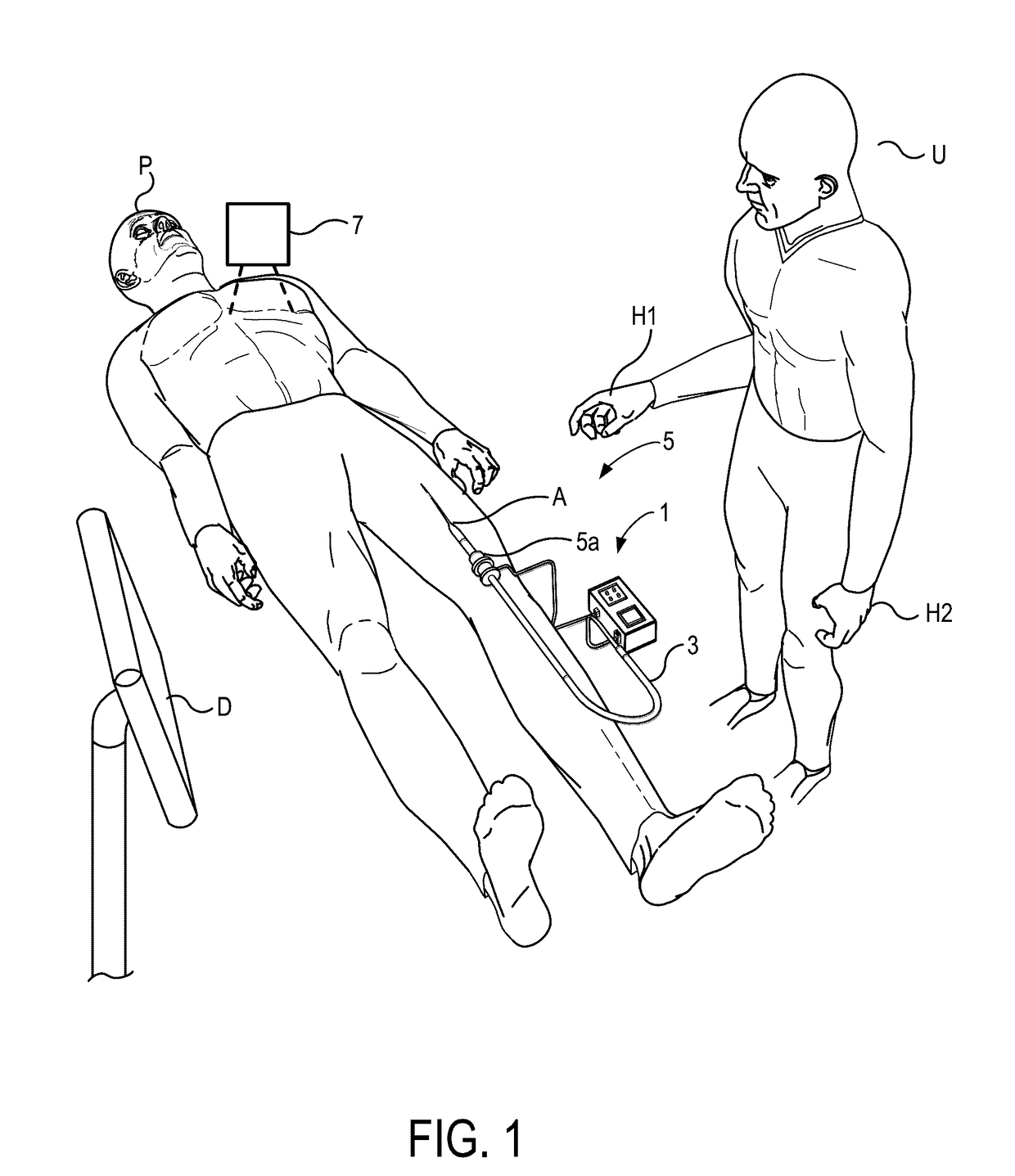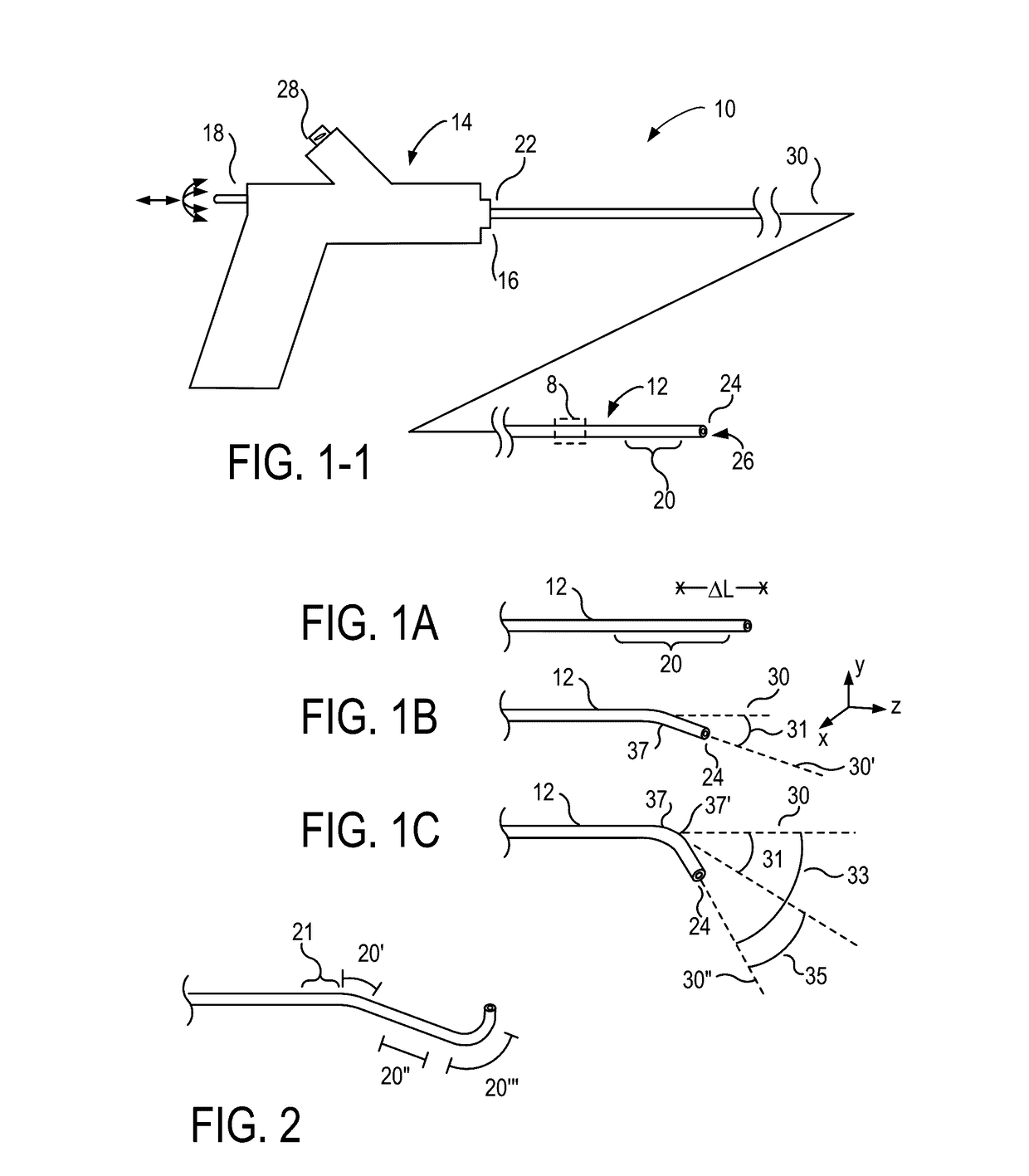Lateral articulation anchors for catheters and other uses
a technology of articulation anchors and catheters, applied in balloon catheters, medical science, surgery, etc., can solve the problems of imposing significant trauma to collateral tissues, serious pain to patients, serious damage to patients' health, etc., and achieve the effect of improving control over the flexing of articulated catheters
- Summary
- Abstract
- Description
- Claims
- Application Information
AI Technical Summary
Benefits of technology
Problems solved by technology
Method used
Image
Examples
Embodiment Construction
[0053]The present invention generally provides improved medical devices, systems, and methods, with exemplary embodiments providing improved control over the flexing of an articulated catheter adjacent a therapeutic or diagnostic tool by laterally bending the catheter so as to anchor an articulated portion of the catheter locally relative to an internal tissue site. Exemplary embodiments can then use articulation forces that are largely, primarily, and / or substantially entirely generated along the articulated portion. This may help allow greater precision in movements, as the anchored movements need not rely on transmission of articulation and / or reactive forces along a catheter body that traverses a bending and often tortuous lumenal pathway between an access site into the body and the target tissue. Alternative embodiments may be used for a wide variety of non-medical applications, including with borescope systems and for other industrial applications.
[0054]The anchoring employed ...
PUM
 Login to View More
Login to View More Abstract
Description
Claims
Application Information
 Login to View More
Login to View More - R&D
- Intellectual Property
- Life Sciences
- Materials
- Tech Scout
- Unparalleled Data Quality
- Higher Quality Content
- 60% Fewer Hallucinations
Browse by: Latest US Patents, China's latest patents, Technical Efficacy Thesaurus, Application Domain, Technology Topic, Popular Technical Reports.
© 2025 PatSnap. All rights reserved.Legal|Privacy policy|Modern Slavery Act Transparency Statement|Sitemap|About US| Contact US: help@patsnap.com



